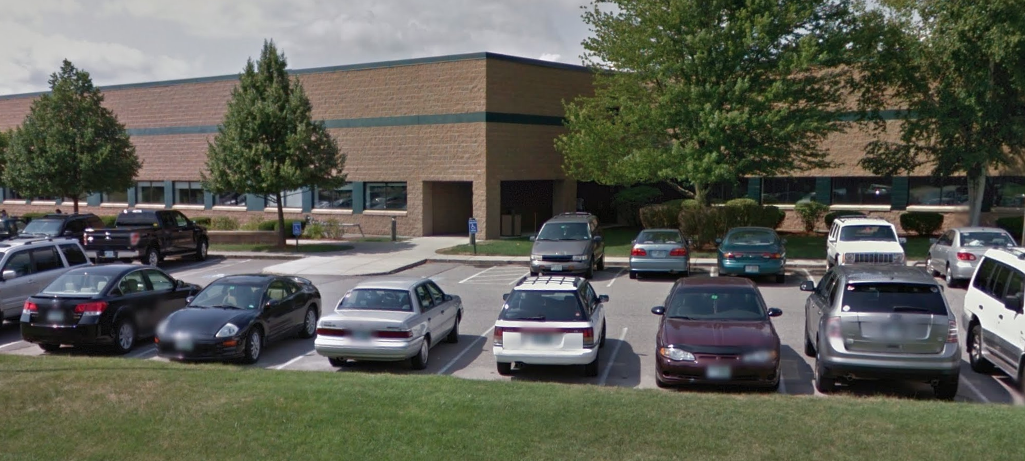GT Advanced Technology has kept a lower profile since exiting bankruptcy two years ago. The former tool maker has shed its flashier downstream products including the Merlin “multiwire” cell interconnection technology, and is now focused on upstream products, including materials and equipment for the polysilicon industry.
However, there are a number of things that have not changed about GT. Along with bringing back on much of its highly skilled staff, the company maintains a focus on the cutting edge of technology.
In line with this, today GT Advanced Technologies officially opened a new facility in Hudson, New Hampshire to produce silicon carbide, a semiconductor material that offers advantages including improved efficiency for fast power-switching applications, including high-temperature and high-voltage applications. The material is seeing increased demand not only in electric vehicle market, but also for other applications including new generations of inverters to accompany solar PV and battery applications.
According to electronics manufacturing experts who pv magazine spoke with at the event, the problem so far is that silicon carbide is limited by supply. There are only so many companies that can produce single-crystal silicon carbide, as the technology to do so is not insignificant.
And here is where GT Advanced Technologies comes in. Following the acquisition of sapphire producer Crystal Systems in 2010 and Confluence in 2011, which made continuous Czhochralski solutions for the polysilicon industry, GT developed substantial crystal growing expertise.
The factory in Hudson is already churning out boules on 25 furnaces, and GT CEO Greg Knight states that the company is currently engaging customers in qualification. A second line of of 25 more furnaces is planned by the end of the year, and the facility has room to expand to as many as 300.
GT’s strategy so far is to sell the ingots whole, to customers who can slice them using diamond wire for assembly into components. So far the majority of demand is for electric vehicles, and a ribbon-cutting ceremony featured a Chevy Volt on the factory floor. However, experts including Fraunhofer ISE note the advantages of silicon carbide for inverters, which is used in some of some advanced products, and this market is expected to expand with greater silicon carbide availability.
Interest in utilizing silicon carbide is clearly growing, with Danfoss announcing plans last year for a new factory to make silicon carbide modules in Upstate New York. However, the competitive landscape for the supply of the material appears to be limited. GT’s process uses induction furnaces that heat silicon carbide powder in graphite chambers to 2100 degrees Celsius, as which point it forms a gas and then sublimes on a substrate to grow a single crystal ingot.
Popular content
GT staff who spoke to pv magazine note that this is largely a “blind” process, and one that required substantial R&D investment to master.
Pivot to materials
GT CEO Greg Knight also described this as part of the company’s “pivot” from providing equipment to materials. Before its bankruptcy GT sold large volumes of equipment including its DSS furnaces for multicrystalline ingot production, however the market for equipment for the solar industry follows boom-bust cycles which can be hard for any company to navigate, particularly those without the massive financial backing required to survive multi-year market slumps.
Another factor is that as Chinese tool makers gain expertise, these companies are taking a larger and larger market share, and putting pressure on Western tool makers whose costs are often higher to make the same products.
GT is now focused on materials including Silicon Carbide and its Tube Filaments for polysilicon production, which recently won pv magazine’s 2018 technology award. In addition to this the company still offers sapphire products made in Salem, Massachusetts.
And GT still has at least one tool offering: a Continuous Czhochralski feeder which can be retrofitted on existing monocrystalline ingot pullers to enhance output. The Hudson facility features a Continuous CZ feeder as an R&D and demonstration unit, but this product is manufactured elsewhere.
This content is protected by copyright and may not be reused. If you want to cooperate with us and would like to reuse some of our content, please contact: editors@pv-magazine.com.


1 comment
By submitting this form you agree to pv magazine using your data for the purposes of publishing your comment.
Your personal data will only be disclosed or otherwise transmitted to third parties for the purposes of spam filtering or if this is necessary for technical maintenance of the website. Any other transfer to third parties will not take place unless this is justified on the basis of applicable data protection regulations or if pv magazine is legally obliged to do so.
You may revoke this consent at any time with effect for the future, in which case your personal data will be deleted immediately. Otherwise, your data will be deleted if pv magazine has processed your request or the purpose of data storage is fulfilled.
Further information on data privacy can be found in our Data Protection Policy.